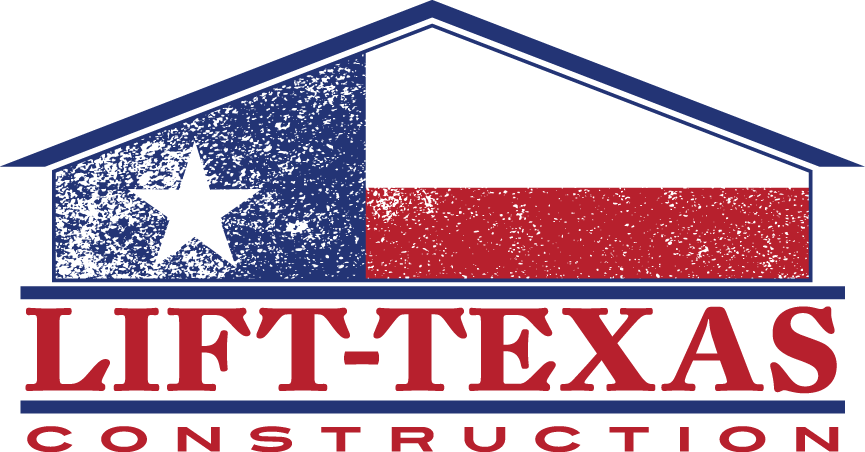A sinking concrete patio can be a troubling issue for homeowners. Not only can it create an uneven and unattractive surface, but it can also pose safety risks and affect the usability of your outdoor space. If you’ve noticed your patio isn’t as level as it used to be, it’s important to understand why this is happening and what you can do about it.
Various factors can cause a concrete patio to sink over time. From soil erosion and poor drainage to substandard construction practices, the reasons can be numerous and often interrelated. Identifying these causes is the first step in addressing the problem effectively and preventing further damage.
Spotting the early signs of a sinking patio can save you from more extensive repairs down the line. Things like pooling water, cracks, and uneven surfaces are indicators that shouldn’t be ignored. By taking preventive measures, you can maintain the integrity of your patio and extend its lifespan.
This article will explore the common causes of a sinking concrete patio, highlight the signs that yours might be sinking, and provide practical advice on how to prevent and fix this problem. Understanding these aspects will help you keep your patio safe, functional, and looking great for years to come.
Common Causes of a Sinking Concrete Patio
Several factors can lead to a sinking concrete patio, making it essential to identify what’s causing the problem to fix it effectively.
1. Soil Erosion: One of the most common reasons for a sinking patio is soil erosion. Rainwater, poor drainage, and runoff can wash away the soil supporting the concrete, causing it to settle unevenly. This issue is particularly prevalent in areas with heavy rainfall or inadequate water management.
2. Poor Compaction: The ground beneath your patio should be compacted well before the concrete is poured. If the soil or gravel base isn’t packed tightly, the patio can start sinking as the loose soil settles over time. This issue often arises when the construction process is rushed or not done to proper standards.
3. Water Leaks: Leaking pipes or irrigation systems can saturate the soil underneath your patio. Excessive moisture weakens the soil, causing it to shift and the concrete above it to sink. Regularly checking for and repairing leaks can mitigate this issue.
4. Heavy Loads: Placing heavy objects on your patio, such as hot tubs, outdoor kitchens, or large planters, can exert significant pressure on the concrete. If the ground beneath isn’t adequately supported, it can cause the patio to sink under the weight.
5. Tree Roots: Trees growing near your patio can also contribute to sinking. As tree roots grow and expand, they can disrupt the soil beneath the concrete, causing uneven settling and cracks.
Understanding these common causes is crucial for diagnosing why your patio might be sinking and implementing the right solutions to fix and prevent further damage.
Signs That Your Patio is Sinking
Knowing the signs of a sinking patio can help you catch problems early and address them before they become serious.
1. Uneven Surface: One of the most obvious signs is an uneven surface. If parts of your patio seem lower than others, it’s a clear indicator that the ground beneath is shifting. Walking across the patio may feel bumpy or unstable.
2. Cracks in the Concrete: Cracks can appear when the support beneath the concrete starts to give way. While small hairline cracks might not be a concern, larger or widening cracks suggest more significant settling issues.
3. Pooling Water: After a rainstorm, take a look at your patio. If water is pooling in certain areas, it can indicate low spots where the concrete has sunk. Properly drained patios should not have standing water.
4. Gaps Around Edges: Check for gaps between the patio and adjacent structures, such as your home or garden edging. These gaps can develop as the patio sinks away from these structures.
5. Sticking Doors or Windows: If your patio is attached to your house, sinking can cause doors and windows to stick or not open smoothly. This happens due to the shift in the foundation affecting the framing of these openings.
6. Displacement of Fixtures: Items attached to the patio, like railings or fences, might start to tilt or pull away. This displacement indicates that the patio is moving and not providing a stable base.
By recognizing these signs promptly, you can take steps to address the issue and prevent more extensive damage to your patio and surrounding areas.
Preventive Measures to Keep Your Patio Level
Taking steps to prevent your patio from sinking can save you time, money, and frustration in the long run. Here are some preventive measures to consider:
1. Proper Drainage: Make sure your patio has proper drainage to prevent water from pooling. Install gutters and downspouts to direct water away from your patio. Consider using a French drain if you notice standing water frequently.
2. Soil Preparation: Before pouring concrete, ensure the soil beneath is well-compacted. This provides a stable base and reduces the risk of future settling. A layer of gravel or sand can also help with stability.
3. Sealing the Concrete: Seal your concrete patio to protect it from water infiltration. This will minimize the risk of erosion and help maintain the integrity of the concrete surface.
4. Regular Maintenance: Inspect your patio regularly for early signs of cracking, uneven surfaces, or other issues. Promptly addressing minor problems can prevent them from escalating.
5. Root Barriers: If you have trees near your patio, consider installing root barriers to prevent roots from disrupting the soil underneath. This can help maintain the patio’s level over time.
6. Lightweight Structures: Avoid placing extremely heavy items on your patio, especially if it wasn’t designed to support such weight. This helps prevent undue pressure and potential sinking.
By following these preventive measures, you can extend the life of your concrete patio and enjoy a level and durable outdoor space.
Effective Solutions for Fixing a Sinking Patio
When preventive measures aren’t enough, and your patio is already sinking, you need to explore effective solutions to fix it. Here are some options:
1. Mudjacking: Mudjacking involves drilling small holes in the patio and pumping a slurry mix of cement, sand, and water beneath the concrete. This lifts the sinking sections and levels the patio.
2. Polyurethane Foam Injection: Similar to mudjacking, this process uses polyurethane foam instead of a slurry mix. The foam expands and hardens, lifting the concrete. It’s faster and less invasive than traditional mudjacking.
3. Resurfacing: For smaller issues, resurfacing the concrete might be enough. This involves applying a new layer of concrete or overlay material to the existing surface, creating a smooth, level finish.
4. Replacing the Patio: If the damage is extensive, you might need to replace the entire patio. This involves removing the old concrete, addressing any soil issues, and pouring a new slab.
5. Installing Piers: For severe sinking, installing piers beneath the patio can provide additional support. Helical or push piers are driven deep into the ground to stabilize the patio and prevent further settling.
Choosing the right solution depends on the extent of the sinking and your specific situation. Consulting with a professional can help determine the best approach for your patio.
Final Thoughts
A sinking concrete patio is a common problem that can affect the safety and aesthetics of your outdoor space. By understanding the causes and signs of a sinking patio, you can take proactive steps to prevent and address the issue. Proper drainage, soil preparation, and regular maintenance are key to keeping your patio level. When problems occur, methods like mudjacking, foam injection, and resurfacing provide effective solutions.
Maintaining your patio ensures it remains a functional and enjoyable part of your home. If you’re dealing with a sinking patio and need expert help, consider reaching out to Lift-Texas Construction. We specialize in foundation repair and concrete leveling to help keep your outdoor spaces safe and level. Contact us today to learn more about how we can assist you with your concrete patio needs.

